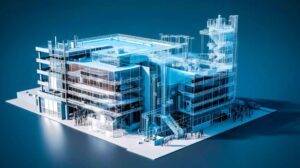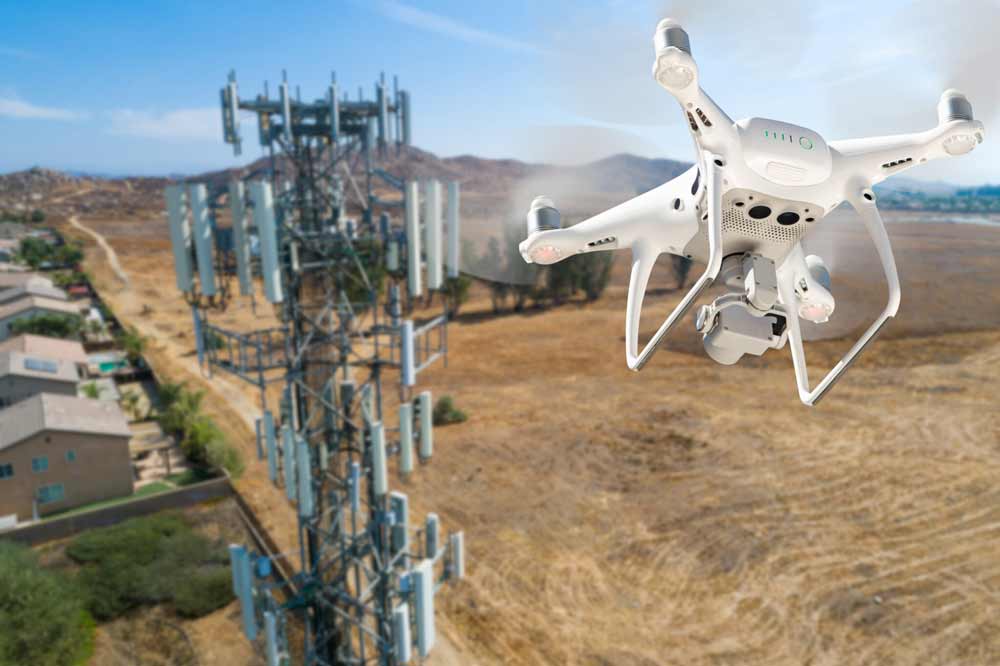In today’s world, technology has significantly influenced the way we work and interact. With the emergence of digital twin technology, engineers can now create a digital replica of physical structures to collect data for engineering purposes. This technology has become increasingly popular in recent years, and its applications have proven to be invaluable in various industries.
A digital twin is a virtual replica of a physical object or system that can be analyzed and manipulated in real-time. It is created using advanced 3D modeling software and is designed to replicate the geometry, behavior, and performance of the physical object it represents. Digital twins are often used in engineering and manufacturing to simulate the performance of a product or system before it is built.
The use of drone aerial technology has significantly enhanced the process of creating digital twins. Drone aerial technology involves the use of unmanned aerial vehicles (UAVs) equipped with cameras and sensors to capture high-resolution images and data. These images and data are then used to create accurate 3D models of physical structures, which can be analyzed in real-time.

One of the primary benefits of using digital twin technology is its ability to provide real-time data on the performance and behavior of physical structures. Engineers can use this data to optimize the design and performance of the structure, reducing the risk of failure and improving safety. For example, in the construction industry, digital twins can be used to monitor the progress of a construction project, identify potential design flaws, and improve worker safety.
Digital twins also have applications in the maintenance and repair of physical structures. By creating a digital twin of a structure, engineers can identify potential maintenance issues before they become a problem. This allows maintenance crews to plan and execute repairs proactively, reducing downtime and improving the overall reliability of the structure.
The use of digital twin technology is not limited to the construction and manufacturing industries. It also has applications in healthcare, transportation, and energy. In the healthcare industry, digital twins can be used to simulate the behavior of organs and tissues, allowing doctors to test treatments and surgical procedures before they are performed on a patient. In transportation, digital twins can be used to simulate the behavior of vehicles, optimizing their design and reducing their environmental impact. In energy, digital twins can be used to simulate the behavior of power grids, allowing engineers to optimize their design and improve their reliability.
Despite the many benefits of digital twin technology, there are also some challenges to its widespread adoption. One of the primary challenges is the cost of creating and maintaining a digital twin. Creating a digital twin requires significant resources, including high-quality data, advanced 3D modeling software, and skilled personnel. Additionally, maintaining a digital twin requires ongoing updates and maintenance to ensure that it accurately reflects the behavior and performance of the physical structure it represents.
Another challenge to the widespread adoption of digital twin technology is the lack of standardization in the industry. Currently, there is no universal standard for creating and maintaining digital twins. This lack of standardization can make it challenging for engineers to share data and collaborate effectively, limiting the potential benefits of digital twin technology.
In conclusion, digital twin technology is a powerful tool that has the potential to revolutionize many industries. By creating a virtual replica of physical structures, engineers can collect real-time data on their performance and behavior, improving safety, reducing downtime, and optimizing their design. Although there are challenges to its widespread adoption, the benefits of digital twin technology are too significant to ignore. As technology continues to evolve, we can expect to see more applications of digital twin technology in the years to come.


